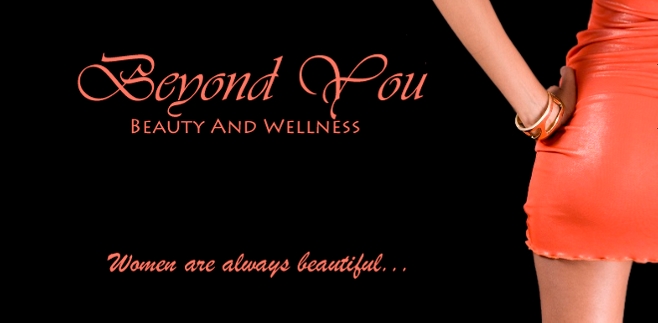If you’re one to compromise comfort for style, then
compromise no more because we have found a way to choose both. But before we go
on what are the different types of feet, we should first know the important
parts of the shoe to help you choose the perfect fit for you.
The toebox is the area that covers your toes and is one of
the important parts since it is a common site for development of blisters and
bunions when you have ill-fitted closed shoes. The vamp is the opening where you slip your
feet in, it also includes the part that covers the front of your foot up to the
back. The bottom part of the shoe is the sole and it comes in contact with the
ground. The heel is where your heel bone rests and improves the balance of the
shoes. Thick soles and heels make feet look heavier and are suitable for women
with fuller figures.
EGYPTIAN TYPE
Toes of this type of feet have decreasing length. They
usually have broad forefoot and medium sized to narrow heel.
This type of feet is suitable in shoes with medium to wide
in width. Tapered toebox are recommended to give space between the first and
second toe. But if you want for it to appear slimmer, then go for a pointed
toebox and longer vamp.
ROMAN TYPE
In Roman feet types, the first three toes are similar in
length. It is quite similar to the Egyptian type where the forefoot is broad.
Due to the similar length in the first three toes, covered
shoes are not recommended for this type. Open-toe shoes are more suitable for
the Roman types, giving freedom to move for the cramped first three toes.
Tip: Strappy shoes can hide the broadness of your feet,
especially in Egyptian and Roman types.
GREEK TYPE
This type of feet resembles an arrowhead—with the second toe
longer than the first. These types are generally long and slender looking.
Pointed shoes that are ill-fitted are a no-no for Greek types.
Pointed toebox restricts the toes in this type, causing them to push each other
to the sides and can lead to discomfort. A bigger/wider toebox is recommended
so as to give space for your toes to move. And since this type has narrow
forefoot to heel, it is good to have your feet be held at multiple points
(using laces, straps and elastic bands).











No comments:
Post a Comment